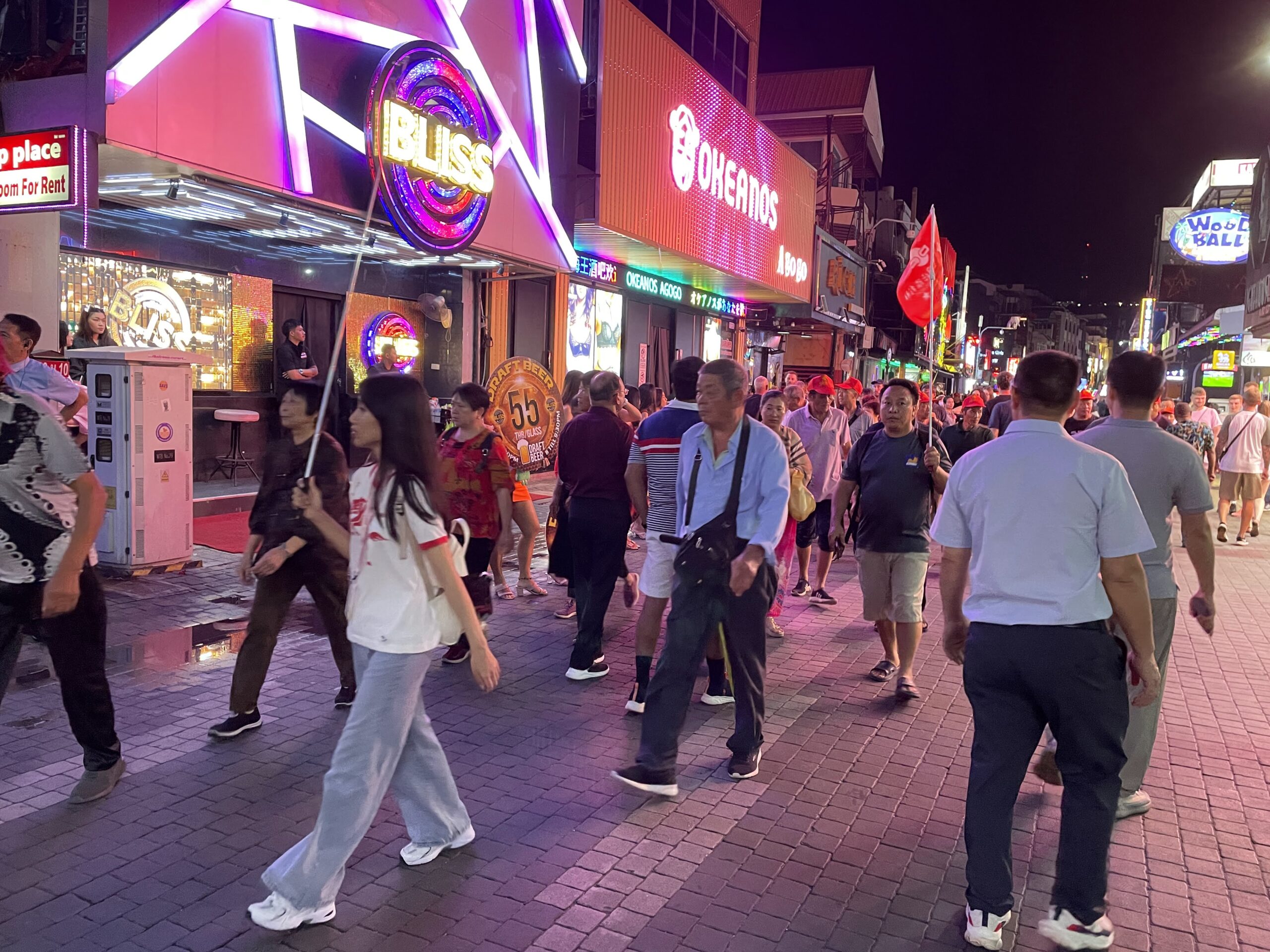Thailand has launched an ambitious plan to reopen its borders to tourists. The hospitality industry has been ravaged by travel restrictions since March 2020 when drastic measures were taken to slow the progress of the COVID-19 pandemic.
The November 1 opening is the latest attempt to restart a sector that represented 20% of gross domestic product before the pandemic struck.
Throughout Southeast Asia, governments have been extremely cautious in their approach to dealing with coronavirus, rapidly imposing restrictions and lockdowns designed to support their zero transmission policies.
Thailand was no exception. But in the last couple of months, Bangkok has also been among the first countries to talk about the need for reopening, beginning with Prime Minister Prayut Chan-o-cha’s 120-day plan to fully reopen announced in June.
Earlier attempts, including the Phuket Sandbox scheme — which has been more popular with returning Thais and local residents than with tourists — fell far short of initial projections.
However, the implementation of the plan was a learning experience in how to open a destination safely, taking into account the concerns of local residents and the imperatives of restarting a key sector of the economy.
Since November 1, Thailand has opened more destinations, including Bangkok, to foreign visitors. Details on how the plan will be implemented have finally been released, though questions remain. The current timeline will see the whole country reopen by the beginning of 2022. As the capital and other destinations reopen, will expectations be met?
To discuss what lies in store for the Thai tourism industry, the FCCT is pleased to welcome:
Issara Sthapanaseth, director of the Prachuap Khiri Khan office of the Tourism Authority of Thailand (TAT).
Krod Rojanastien, president of the Thai Spa Association, leading the Hua Hin Recharge plan to reopen the resort town to domestic and foreign travelers in conjunction with TAT and other local and national partners;
John Brown, chief executive of Agoda, the online travel agency that lists over 2.5 million properties worldwide;
Gilles Cretallaz, Accor vice-president of operations for upper Southeast Asia, who oversees 144 hotels and resorts for the group in Thailand and neighboring countries.
Ekasit Kunadirekwong, an analyst with Krungsri Securities specializing in the Thai consumer sector.
Moderator: Vincent Vichit-Vadakan, a freelance journalist and member of the FCCT’s programme committee.
Panel discussion in the clubhouse and Facebook Live, Thursday, November 4, 7 pm
About the author
Thailand Business News covers the latest economic, market, investment, real-estate and financial news from Thailand and Asean. It also features topics such as tourism, stocks, banking, aviation, property, and more.










